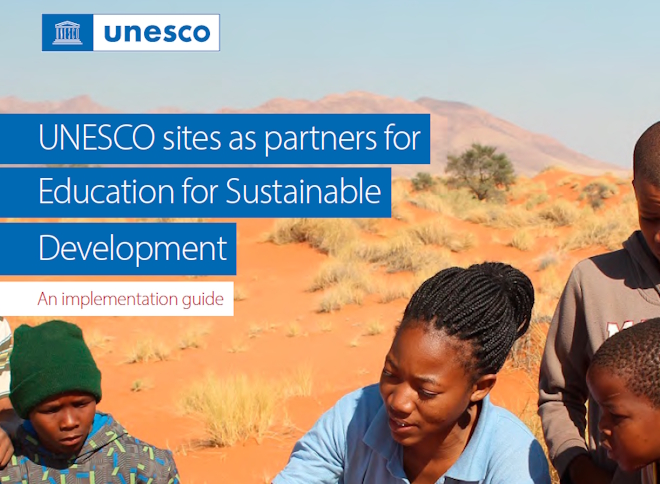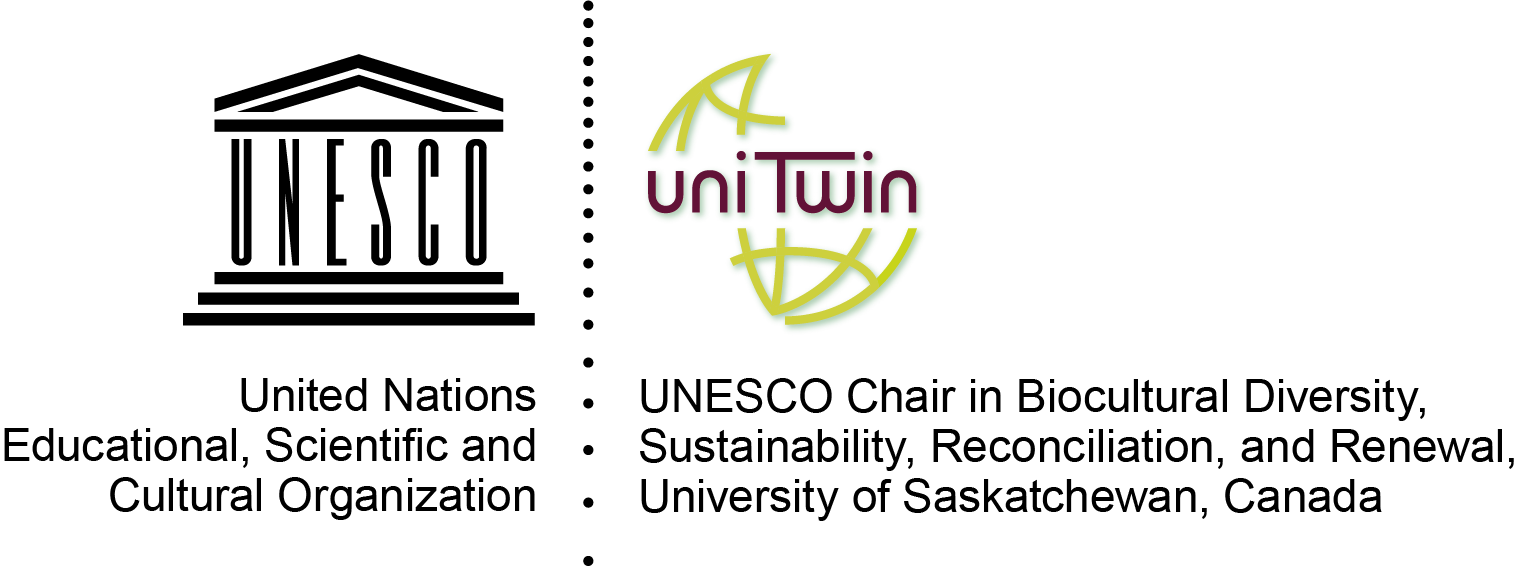
UNESCO sites as partners for Education for Sustainable Development
This UNESCO Chair's partner, Dr. Inger Måren, peer-reviewed a UNESCO report on how UNESCO sites can be used for education for sustainable development.
Summary:
How UNESCO sites are bridging nature and humanity for a sustainable future
UNESCO’s unique global network of designated sites are important models for building resilience to climate change and reconciling people and nature. The network includes 759 biosphere reserves, 213 Global Geoparks, 1,223 World Heritage sites, 51 ecohydrology demonstration sites, and 113 Water Museums across many countries. These sites are important for addressing the major global crises of climate change, pollution, and biodiversity loss, which threaten current and future generations. To tackle these issues, it is essential to educate people with the knowledge and skills needed to make responsible decisions for a sustainable future. UNESCO sites play a vital role in biodiversity and climate change education, offering hands-on learning experiences that help develop climate and ocean literacy, as well as environmental values and skills. These sites provide resources for education, research, and innovative environmental practices, helping to deepen the relationship humans have with their natural environment. By integrating the education for sustainable development approach into the UNESCO sites, learners, educators, and entire communities can contribute positively to protecting biodiversity and cultural heritage, take responsibility for their environment, and learn from each other across generations. The examples presented in this guide highlight the incredible potential of these initiatives.
Read the full report here.


